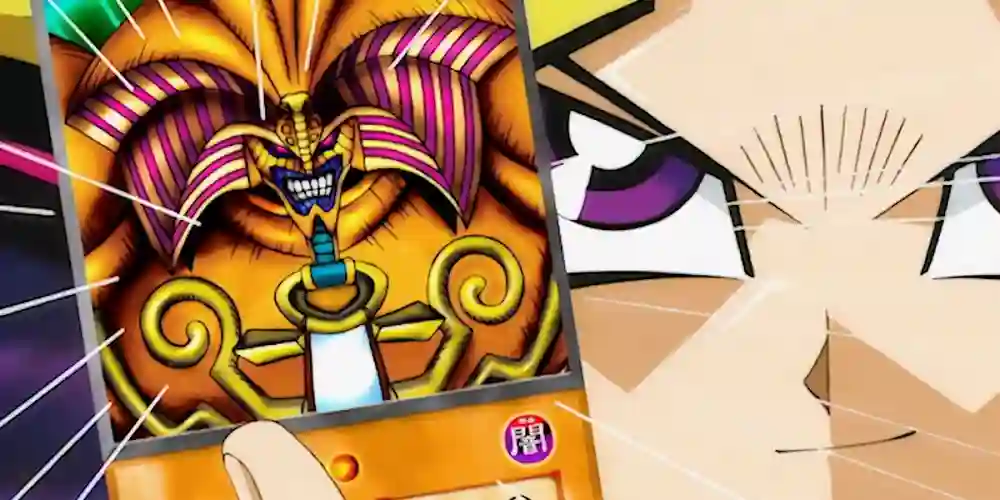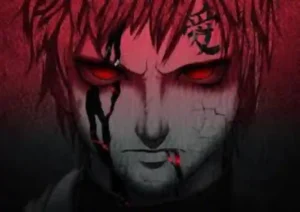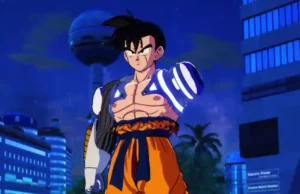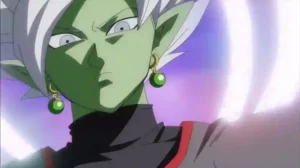Exodia – The Forbidden One’s Power in Yu-Gi-Oh Explained

If you’ve ever dipped your toes into Yu-Gi-Oh!, you’ve probably heard of Exodia—you know, the card that makes grown men (and some really intense kids) scream “Exodia! Obliterate!” and win the duel instantly. Ah, good ol’ Exodia. If I had a dollar for every time someone told me about their big plans to summon him, I’d probably be able to buy my own “Exodia” (the card is crazy expensive now, right?). Let’s break down the legend of Exodia and why it still holds a place in the hearts of duelists everywhere.
The Forbidden One’s Origins – Where It All Began
Let’s rewind a bit. Back in the good ol’ days of Yu-Gi-Oh!—think, like, early 2000s—I was just a kid, watching Yugi use Exodia to destroy Seto Kaiba. And let me tell you, watching that moment was like seeing someone pull out a cheat code in real life. Exodia doesn’t just attack; it obliterates everything with one final, satisfying blow. No monster effects, no battle strategies—just raw power.
Exodia isn’t your average monster. It’s so powerful that it was split into five different pieces—head, arms, and legs. I mean, imagine splitting your superweapon into five parts and telling everyone, “Yeah, if I get all of these, I win.” That’s some high-stakes drama, right?
Exodia’s Power – The Instant Win Condition
Now here’s the kicker: If you manage to get all five pieces of Exodia in your hand, you automatically win. Simple as that. There’s no need for fancy strategies or giant monsters with outrageous attack points. All you need are these five pieces, and bam—game over.
I remember thinking, “Wait, how is that even fair?” But that’s the beauty of Exodia. No matter how great your opponent’s field looks, if you’ve got all five parts of Exodia—guess what? You win. No questions asked.
How Exodia Works in a Duel – What You Need to Know
Piece by Piece
Okay, let’s talk about the parts of Exodia. You’ve got five cards in total:
- Exodia the Forbidden One (head)
- Right Arm of the Forbidden One
- Left Arm of the Forbidden One
- Right Leg of the Forbidden One
- Left Leg of the Forbidden One
Once you’ve got all five in your hand, it’s game over. Period. You can summon as many monsters as you want, but you ain’t winning until you get those pieces. Sounds easy, right? Heh. Well, let’s see how it all goes down in reality.
Building the Ultimate Exodia Deck – How to Get All the Pieces
Okay, so you’re thinking, “How do I actually build an Exodia deck that works?!” Let me tell you: it’s not all sunshine and rainbows. My first deck? Yeah, I pulled Exodia once, and it was a total fluke. I don’t know how it happened, but I pulled it off. But don’t get too excited—I didn’t win that match.
Anyway, here’s the kicker: You need a deck that focuses on drawing cards and stalling. Why? Because Exodia requires patience. It’s like waiting for a bus that never arrives—except when it finally does, it’s game over. Fast.
Essential Cards for Your Exodia Deck
Some key cards you’ll want to include are:
- Pot of Greed (Yep, the classic. It lets you draw two cards.)
- Graceful Charity (Draw three, discard two. Simple and effective.)
- Upstart Goblin (Draw one card, give your opponent 1,000 life points. They don’t mind. Well, they will when you win.)
- Allure of Darkness (Draw two cards, banish a Dark monster. It’s a bit risky, but can pay off.)
- Dark Factory of Mass Production (Just in case you accidentally send a piece of Exodia to the grave. Whoops.)
Throw in some defensive cards to protect yourself, like Swords of Revealing Light or Threatening Roar. Trust me, you’ll need them.
Bullet Points: Must-Have Cards for Exodia
- Exodia pieces (yep, the obvious ones)
- Draw cards: Pot of Duality, Cardcar D, Reckless Greed
- Stall cards: Waboku, One Day of Peace
- Recovery cards: Dark Factory of Mass Production, Needle Worm (sometimes to shuffle things around)
Now, building the deck is one thing. But winning with it? That’s another story. The deck’s whole strategy is about drawing fast, protecting your life points, and avoiding early pressure from your opponent. If you can outlast them, you’ve won.
Exodia in Yu-Gi-Oh Lore – More Than Just a Card
The Showdown That Started It All
Do you remember the first time you saw Exodia in action? I do. It was during Yugi’s duel with Kaiba in Duelist Kingdom. Yugi had all five pieces of Exodia in his hand from the start, and honestly, it felt like he pulled the ultimate cheat card out of his sleeve. You could feel the intensity—Kaiba was sweating bullets, and the whole duel came to a screeching halt when Yugi played that final piece. It’s a moment that’ll go down in Yu-Gi-Oh! history.
Fun Fact: The Origins of Exodia
Legend has it that Exodia was too powerful for the ancient world, so it was split into five parts to prevent its catastrophic power from ever being fully unleashed again. Now, instead of just one card, you’ve got to gather all five pieces like some sort of mystical scavenger hunt.
Exodia’s Legacy – The Enduring Icon of Yu-Gi-Oh!
Fast forward a few decades. Here we are, still talking about Exodia. The card has achieved legendary status, making its way into memes, casual conversations, and even collectible card sets. I mean, you might not see him in top-tier tournament decks anymore (unless you’re a true Exodia fanatic), but he’s still a symbol of the heart of Yu-Gi-Oh!.
You’ve got duelists online boasting about their rare Exodia cards, and some even carry them around like trophies. I remember the first time I bought a copy for myself—was it a mistake? Probably. But it felt like a right of passage. That thing was almost as expensive as my rent at the time.
Countering Exodia – Can You Do It?
Spoiler alert: yes, you can. I learned the hard way (ah, the sweet taste of defeat). If you know your opponent is running Exodia, there are ways to ruin their plans:
- Banishing Effects: Cards like Macro Cosmos or Dimensional Fissure can keep the Exodia pieces out of the graveyard and banish them. Bye-bye, pieces.
- Hand Disruption: Cards like Trap Dustshoot or Confiscation can force your opponent to discard. Suddenly, that perfect hand? Gone.
- Deck-Out Strategy: If you can keep the duel going long enough, you might force your opponent to run out of cards before they assemble Exodia. It’s not easy, but it’s doable.
The Legacy of Exodia – Why It’s Still Relevant
I can’t tell you how many times I’ve heard people wax poetic about Exodia. The card represents something pure—something nostalgic. It’s not just about winning the duel; it’s about the thrill of getting all five pieces, the rush of drawing and praying you get that last piece. You just can’t replicate that moment.
Plus, Exodia is part of the Yu-Gi-Oh! culture. You’ve seen him everywhere—from memes to YouTube videos to Yu-Gi-Oh! merchandise. Hell, I even saw someone wearing an Exodia shirt last week. That’s power, my friends.
Final Thoughts – Exodia’s Timelessness
In the end, Exodia will always have a place in my heart. It’s a card that doesn’t rely on flashy effects or complex combos. It’s about the ultimate win condition. The win you don’t have to work for—just collect the pieces and boom, game over. Simple, yet beautiful.




